Li Dan
Denoise
In computer graphics, noise reduction has become part of the never-ending quest to make 3D renderings more lifelike. This is closely related to the computing power of the chips themselves, and chip production involves a physical noise reduction process in which useless sand is removed from the clean room and useful sand is refined into silicon that can be used in the chips. If noise is seen as useless in the broad sense, as an element that produces interference, then the definition and removal of noise are manifestations of power and capital.
In Denoise, Li Dan captures noise from different platforms and media and collects groups, sounds, and events that are currently being denoised, seeking out interlocking threads and commonalities among them. The video essay Denoise presents this process, and Li’s narration allows viewers to follow her train of thought and gradually explore different states of noise.
In the space, yellow light is used to simulate the environment of a clean room. The gauze reflects tiny points of light, while also suggesting various noises that cannot be overlooked. A similar kind of gaze is concealed behind images such as satellite maps that seem fractured from being constantly scaled, bright red dust trails marked on satellite cloud maps, and Etles silk patterns that resemble ripple noise. This gaze, like the meticulously designed airflow in a clean room, constantly brushes past us.
Denoise was presented from 12 March to 22 May in Times Rose Garden III, Huangbian North Road, Baiyun Avenue. Exit C, Huangbian Station, Guangzhou Metro Line 2. , tm Side,1F Guangdong Times Museum.
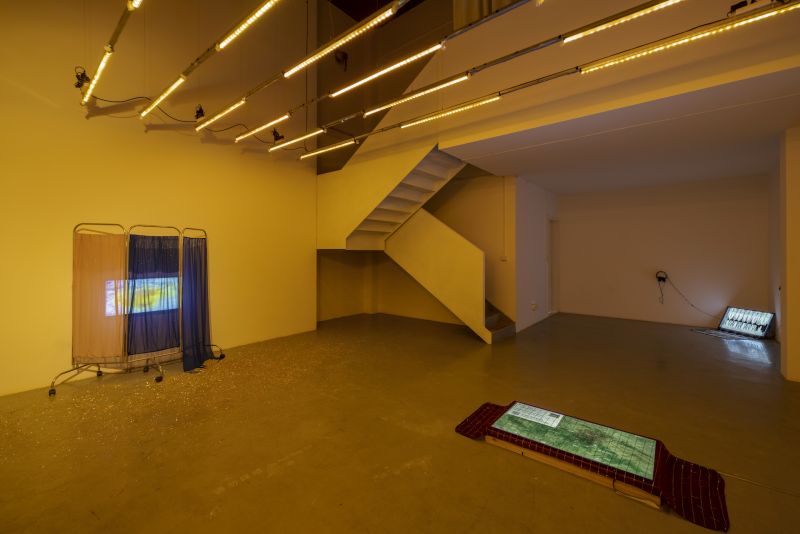
Installation view of Denoise

Installation view of Denoise
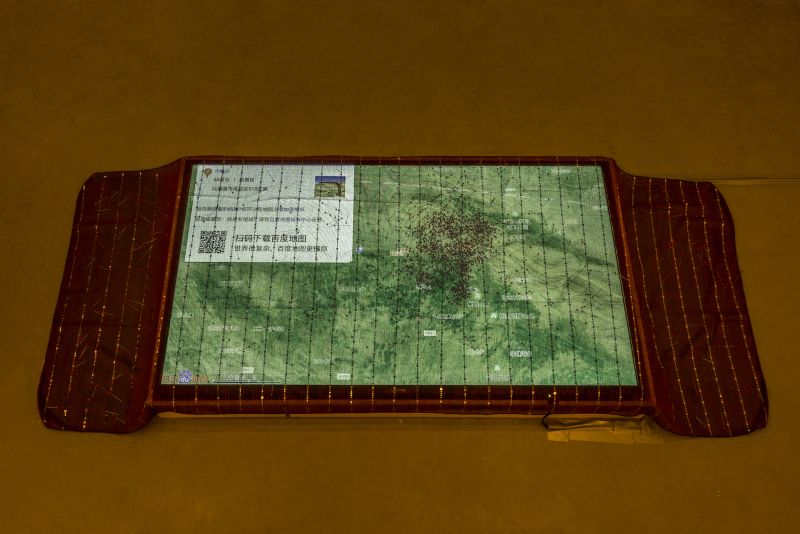
Eternal Fire I
veil, pins, video,
53 sec, dimensions variable
2021-2022

Eternal Fire I
veil, pins, video,
53 sec, dimensions variable
2021-2022

Eternal Fire II
folding screen, veil, rhinestones, video,
3 sec, dimensions variable
2021-2022
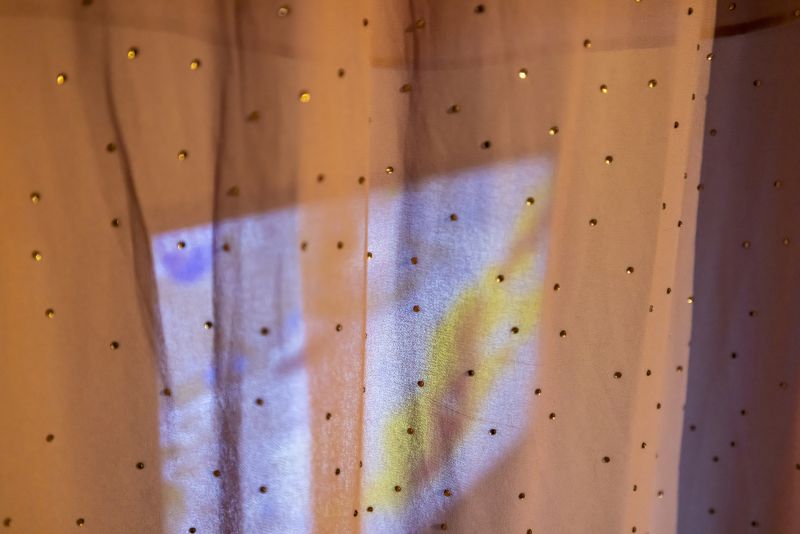
Eternal Fire II
folding screen, veil, rhinestones, video,
3 sec, dimensions variable
2021-2022
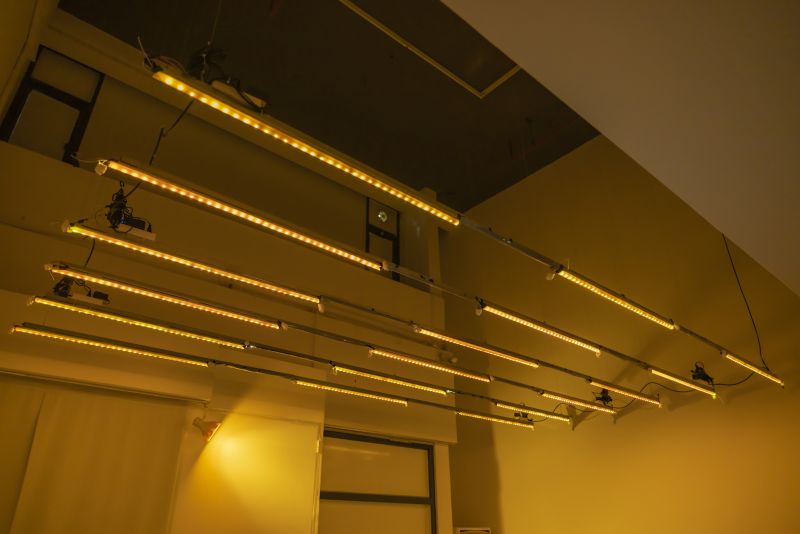
Eternal Fire III
tubes, programmable LED strips, arduino,
dimensions variable
2021-2022
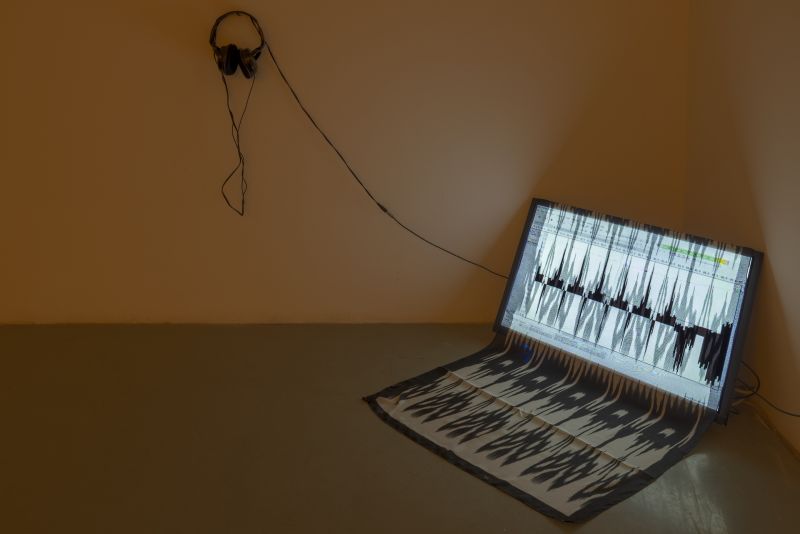
Silk Threads
veil, video,
1 min 42 sec, dimensions variable
2021-2022
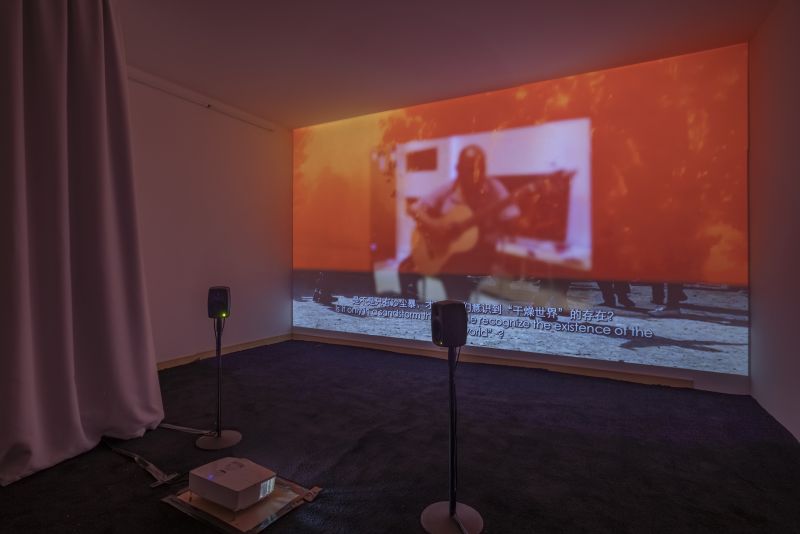
Denoise
video
33 min 09 sec
2021-2022